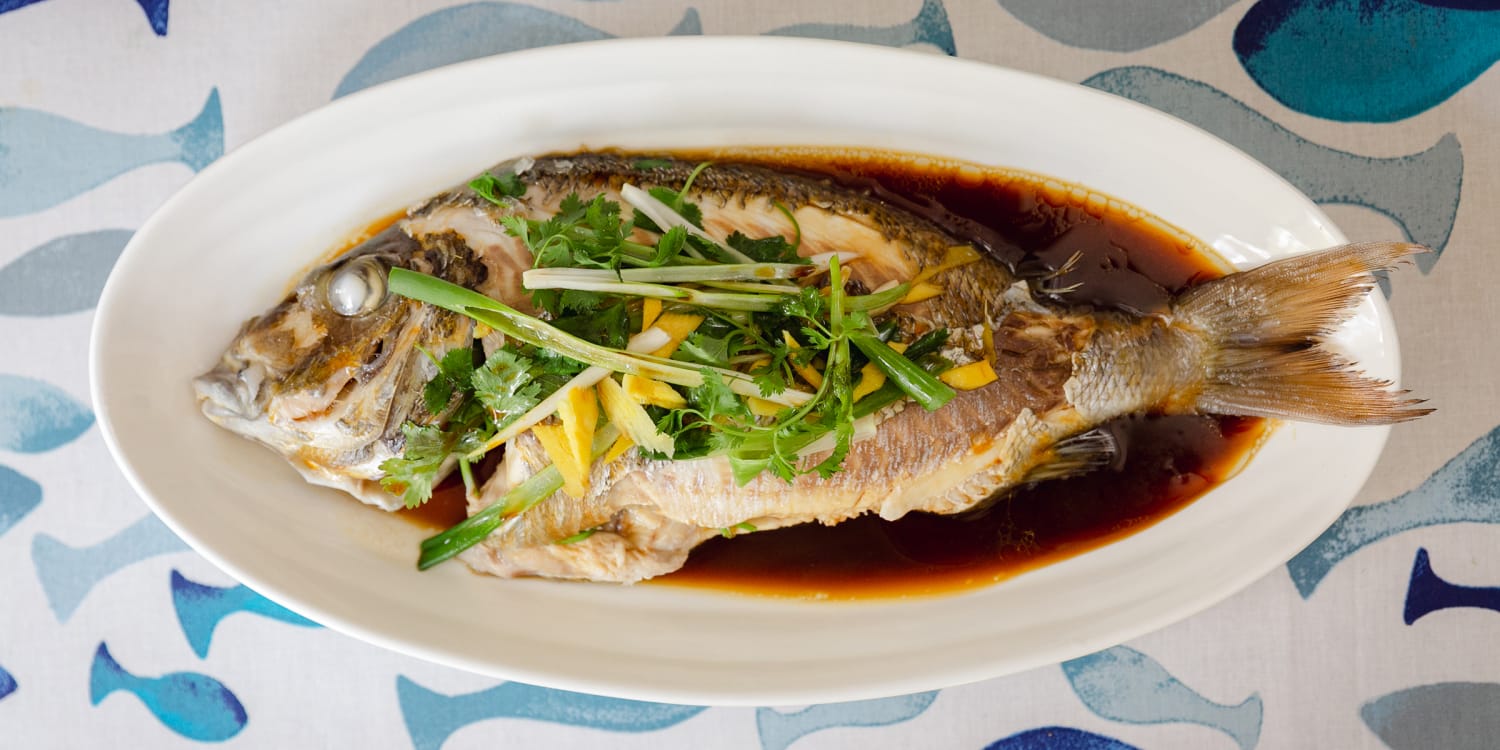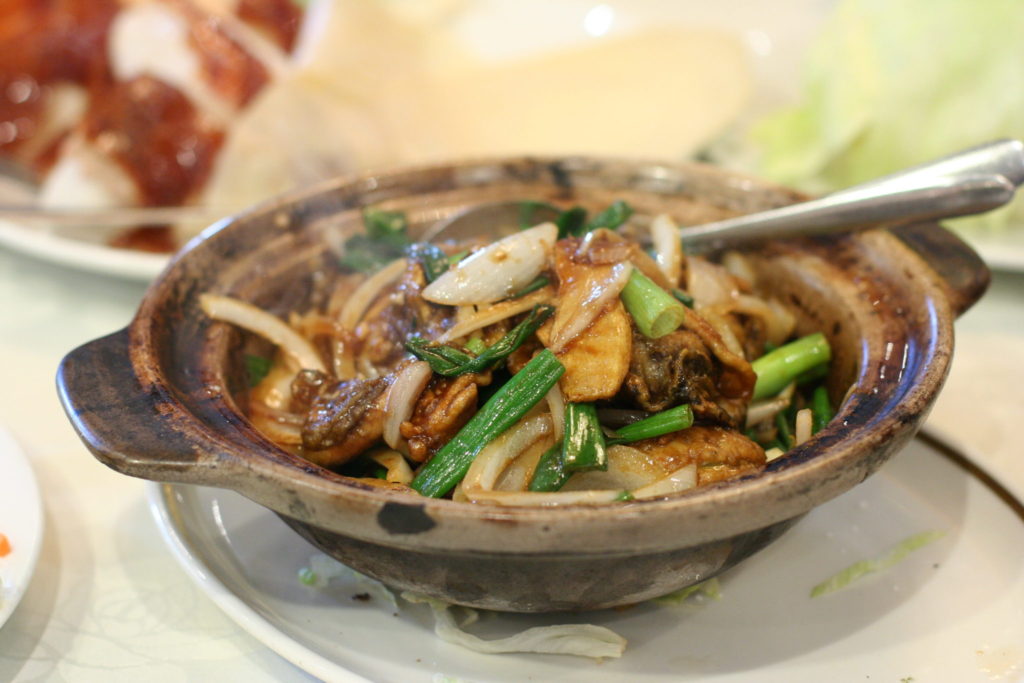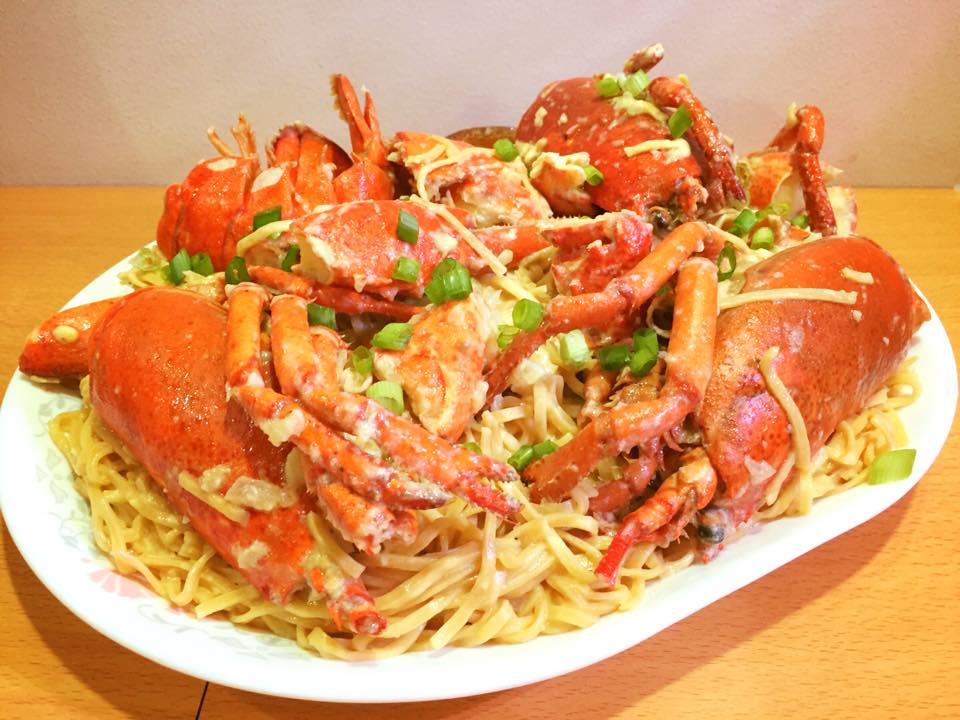I know how you feel: You are here in Hong Kong and you want to try famous Hong Kong style seafood, but things are just so confusing and tricky - Where to eat seafood in the city; what and how to order, we got you all covered. Read on.
Where to eat seafood
Hong Kong presents numerous locales offering an extraordinary seafood experience. Locations range from the bustling city streets to serene fishing villages and even harbor-floating eateries. Each promises a culinary journey, highlighting the finest seafood dishes.
Modern Seafood Restaurants
Large, traditional seafood restaurants dot popular areas such as Causeway Bay and Tsim Sha Tsui. Renowned for housing extensive live seafood in fish tanks, these eateries ensure the freshness of the daily delivered catch. Patrons choose their desired fish, shellfish, or crustacean, which chefs then expertly prepare in classic Cantonese styles - steaming with soy sauce and ginger, stir-frying with black bean sauce, or deep-frying to serve with a tangy sweet-and-sour sauce.
Dai Pai Dong (大排檔)
For a more rustic, street-style experience, the famed Dai Pai Dong is the perfect choice. These casual, budget-friendly dining spots often inhabit pavements and cooked food markets, presenting a range of on-demand dishes. Seafood options might not be as vast as in upmarket restaurants, yet they boast intense flavors, transforming a Dai Pai Dong meal into an extraordinary, unforgettable adventure.
Seafood Villages
Several seafood and fisherman villages like Lei Yue Mun, Sai Kung, Lamma Island, Tai O, and Aberdeen add charm to Hong Kong's culinary landscape. In these picturesque locales, visitors can browse through bustling seafood markets, brimming with a broad selection of live marine animals. After making a selection, the chosen seafood is taken to a nearby restaurant to be prepared in the desired style. These villages not only offer the joy of devouring freshly captured seafood but also the serene ambiance of the tranquil coastal surroundings.

How to order
When ordering seafood in a restaurant in Hong Kong, various factors may influence the total price, including the type of seafood, its origin, size, vitality, and weight. To start, patrons browse display tanks showcasing a diverse range of live seafood, such as fish, shellfish, crabs, and lobsters.
Once the selection is made, the decision of how to prepare it follows. Popular cooking techniques include steaming with garlic or soy sauce, deep-frying, stir-frying with ginger and spring onions, or simmering in black bean sauce. Not sure which method best suits the chosen seafood? Restaurant servers often provide insightful recommendations. The total price usually is provided based on the weight of the selected seafood. Once comfortable with the quoted price, the order can be confirmed.
Prices can range drastically from an exquisite, large, live grouper prepared as per personal preference to a fixed portion of grouper stir fry. Understanding the measurement system is vital since seafood is often weighed in catty and tael, with one catty approximately equivalent to 0.61 kg and one tael equating to around 38 grams or 1/16th of a catty. Since prices for fresh seafood fluctuate seasonally, it's advisable to review the price list carefully and ask the staff for any necessary clarifications or conversions.

The cooking method
With the chosen seafood, it's essential to determine the preferred cooking method.
Tsing Jing (清蒸)
The steaming method, known as Tsing Jing (purely steamed), is a popular choice for most seafood, especially fish. Despite its seemingly simple procedure, it demands precise heat control and timing to guarantee perfection. Aromatics such as ginger and scallion help neutralize any overpowering seafood scent, while minced garlic, chopped scallions, and coriander added after cooking, accompanied by a splash of hot oil, heighten the aroma. This method showcases the culinary prowess of Hong Kong's local chefs!

Typhoon Shelter Style (避風塘)
For lovers of mantis shrimp and crabs, the 'Typhoon Shelter Style' comes highly recommended. This cooking style involves deep-frying the seafood and stir-frying it with fried minced garlic, chili, shallot, and ginger. The dish's name traces back to its roots of being served on small fishing boats seeking refuge during typhoons. Now, numerous seafood restaurants in the Wan Chai district feature it as a signature dish. Patrons can also customize the level of spiciness to suit their taste.

Stir Fried with Ginger and Scallions (薑蔥炒)
Fans of oysters should sample the stir-fried oysters with scallion and ginger. Served in a clay pot, the oysters are coated in a thin layer of starch and deep-fried swiftly, then stir-fried with scallion, and ginger slices, seasoned with oyster sauce, rice wine, and fish sauce. This method also pairs well with crabs and lobsters.

Baked with Cheese (芝士焗)
Speaking of indulgence, one can't ignore the lobster. It's a must-try for those seeking an opulent seafood feast. The influence of colonial times led to the creation of a lobster dish that appeals to all - the Baked Cheesy Lobster with Yi Mein (芝士龍蝦伊麵). Steamed lobster is served over fried noodles and topped with homemade cheese sauce. After enjoying the succulent lobster meat, a friendly competition may ensue over the remaining noodles that have absorbed the

Read More: Top 4 Seafood Restaurants
